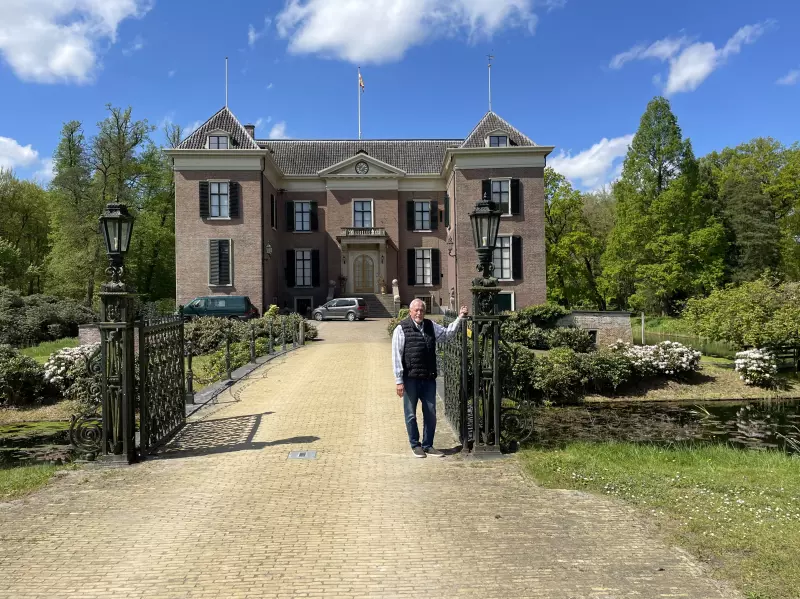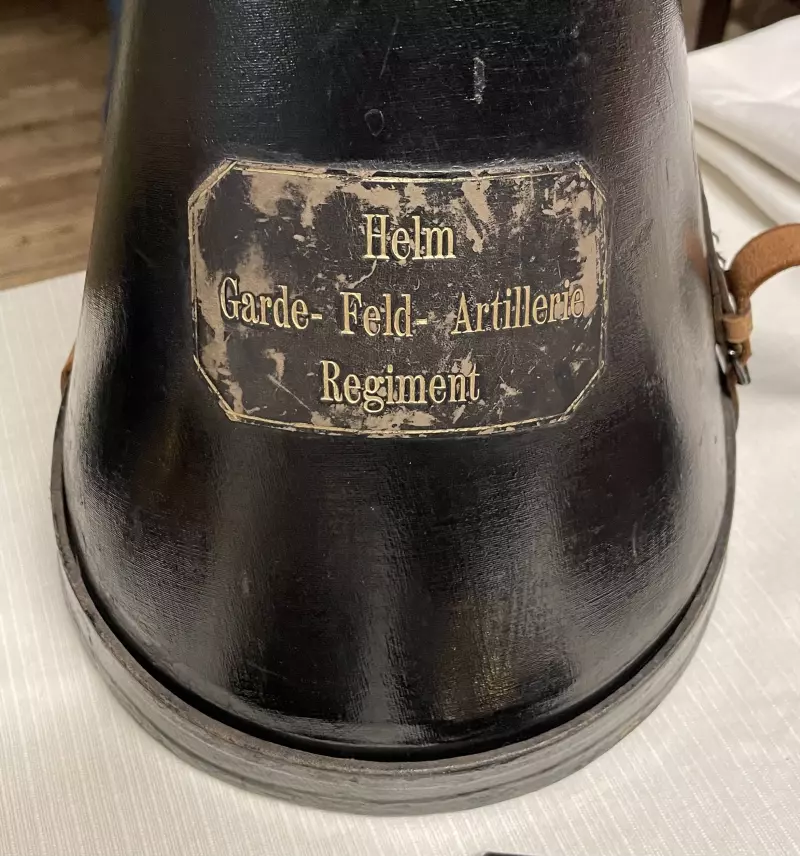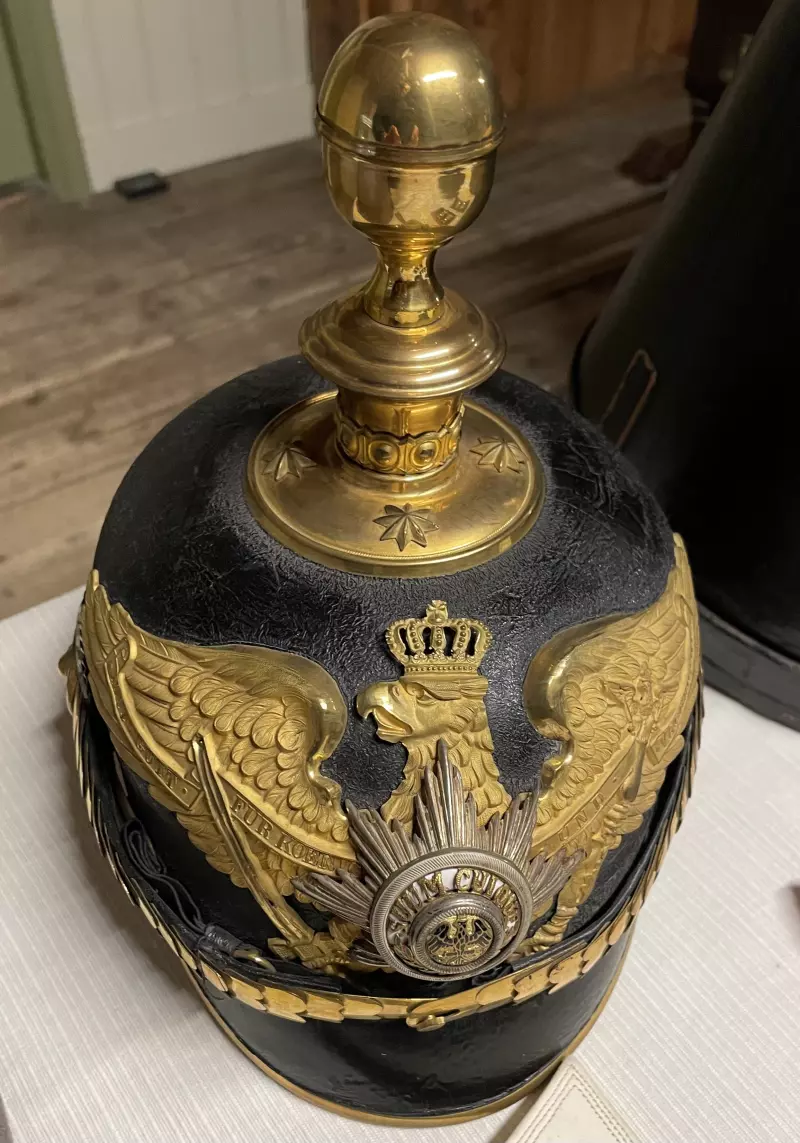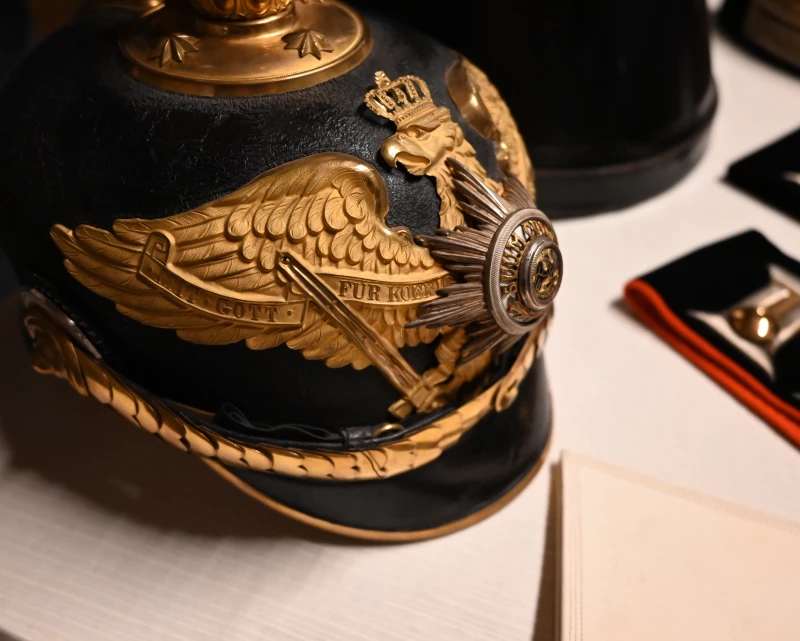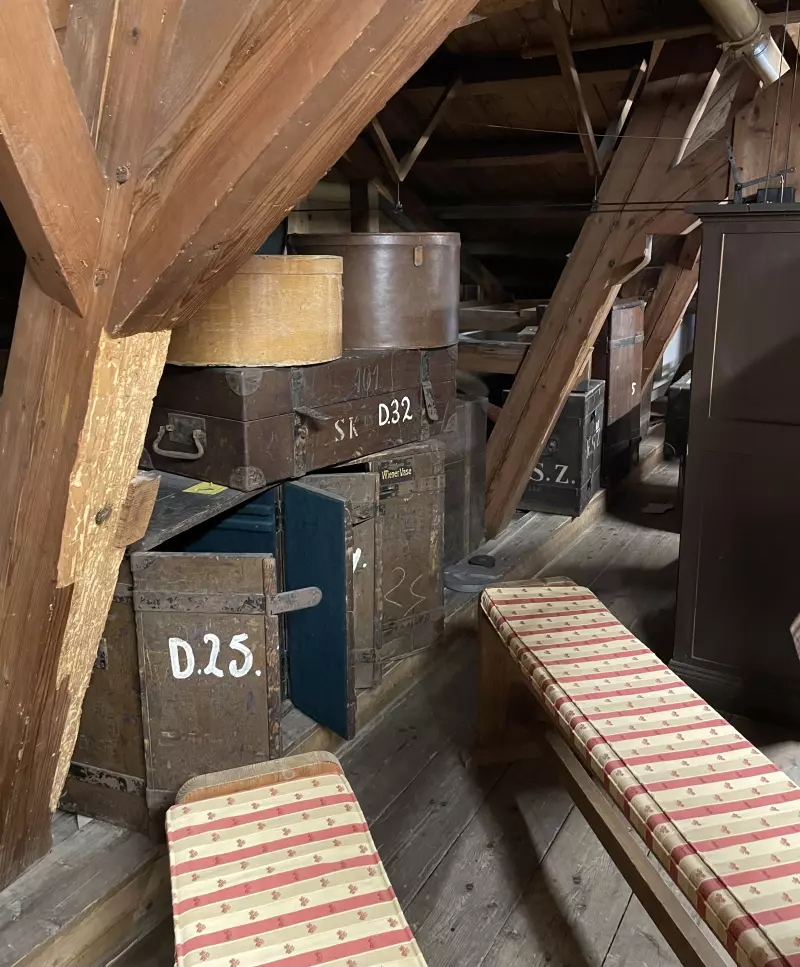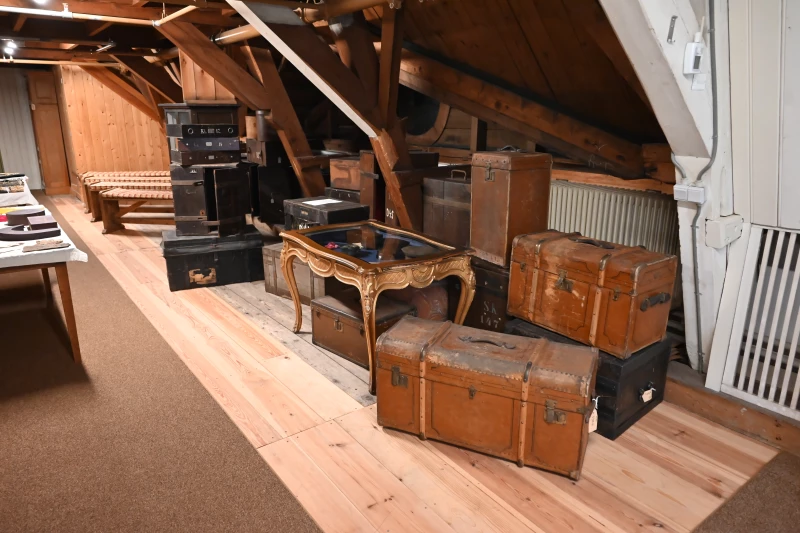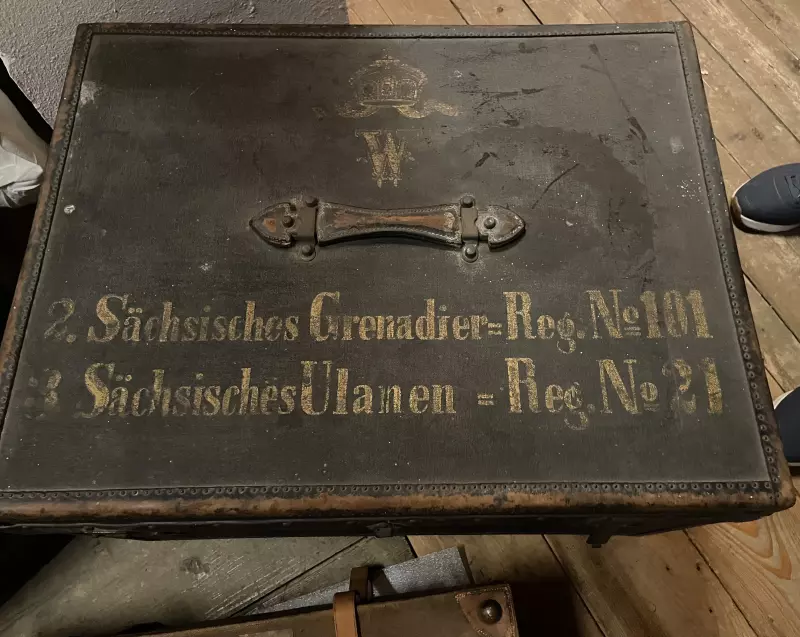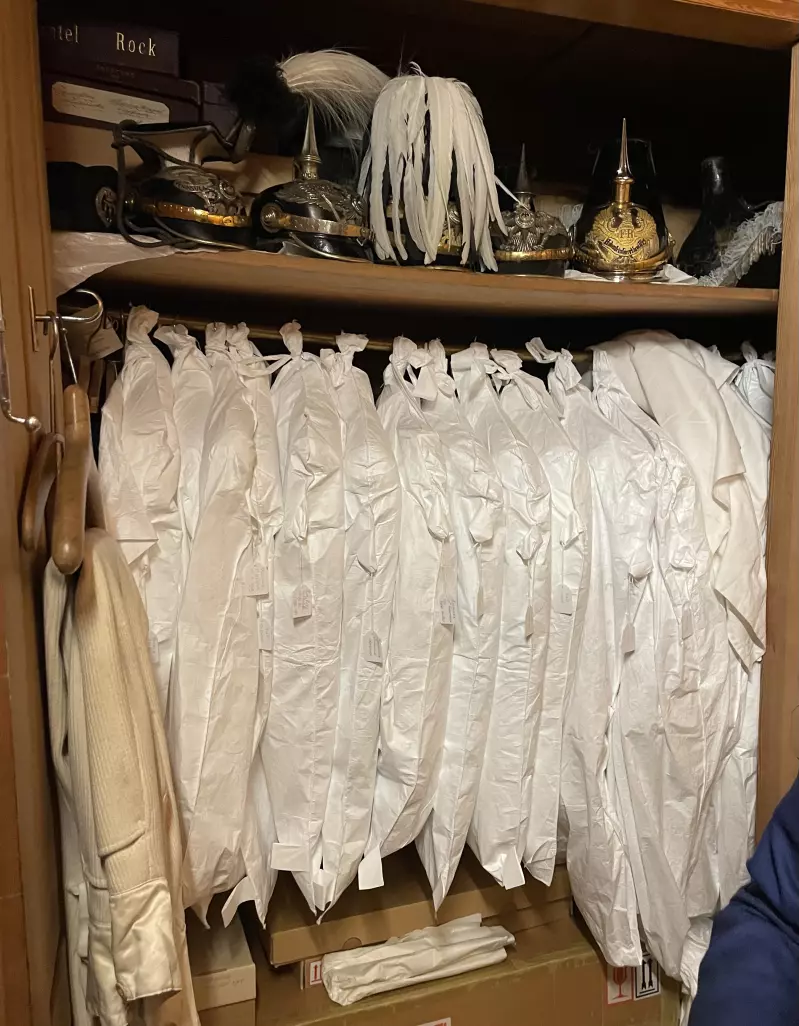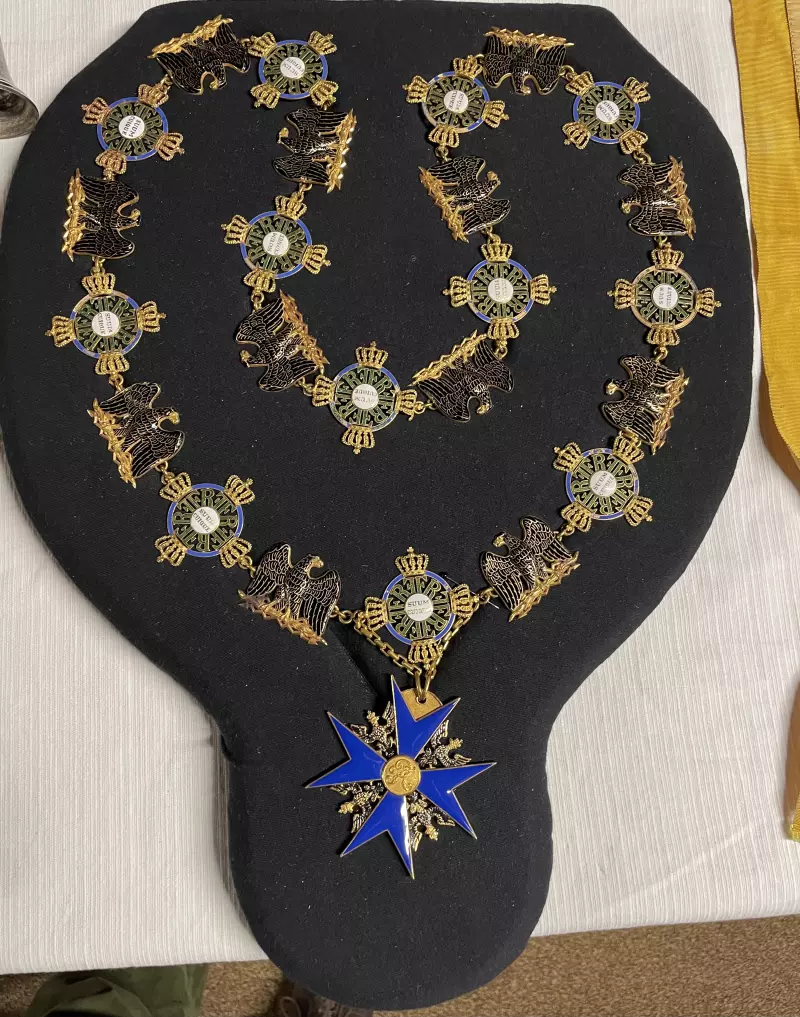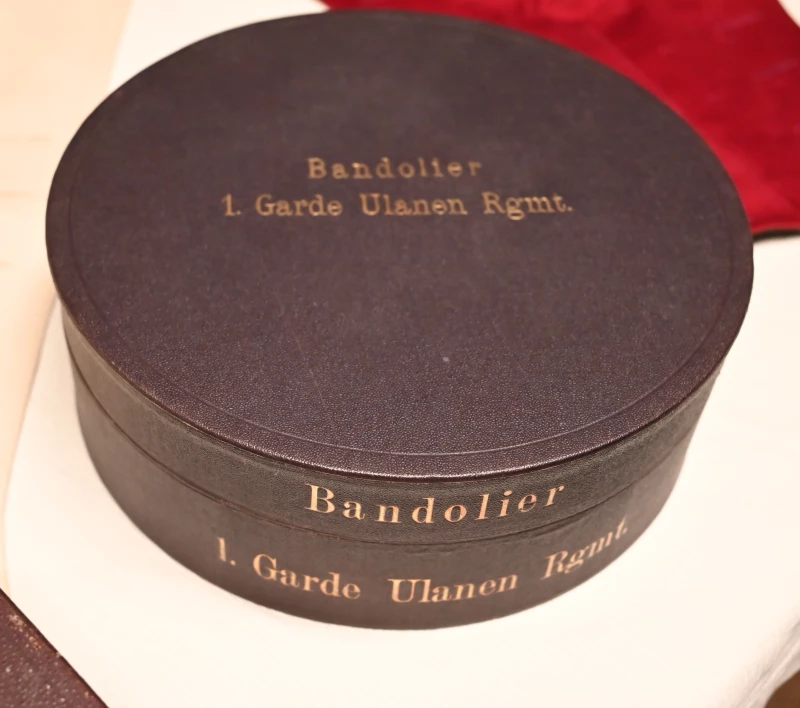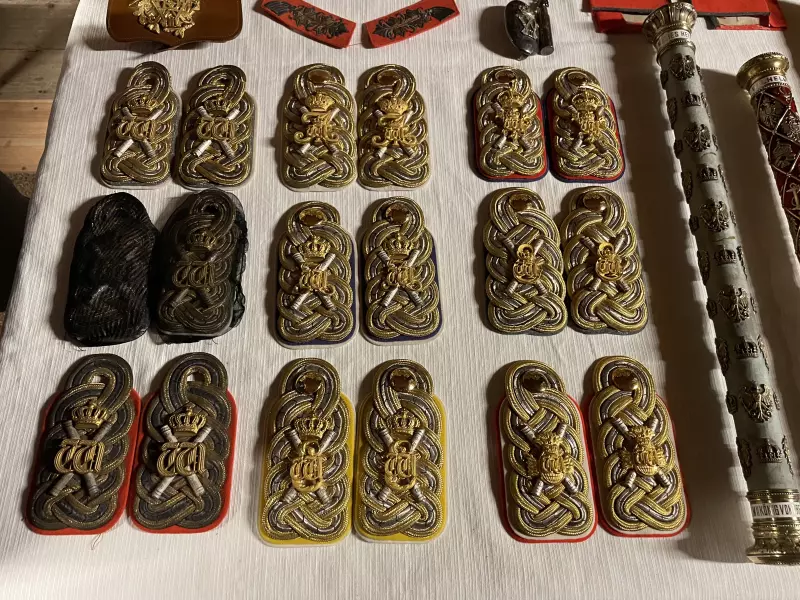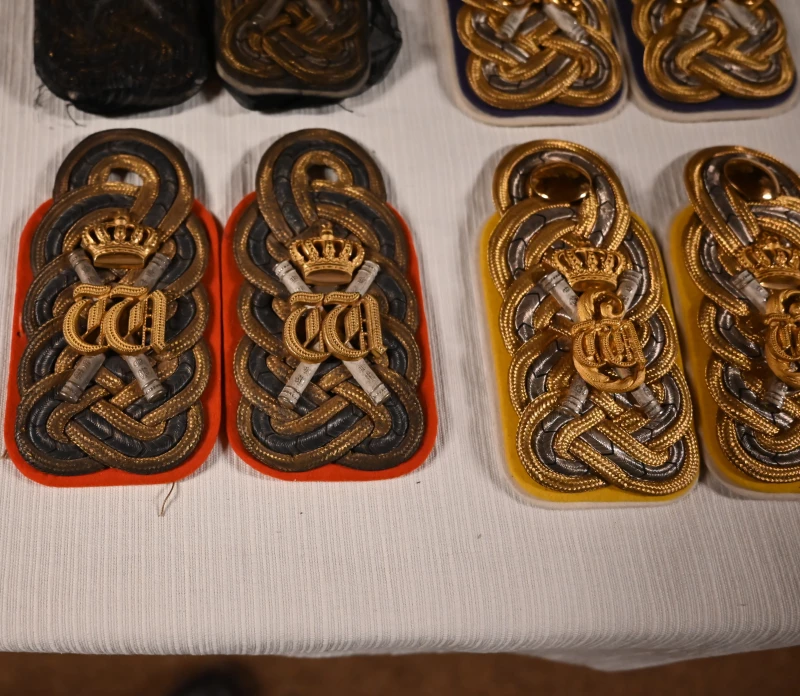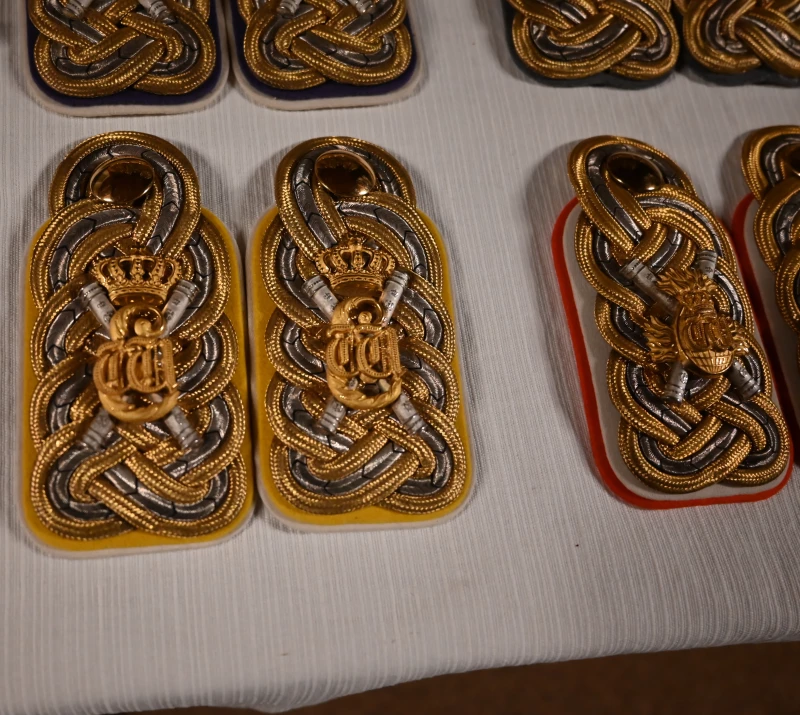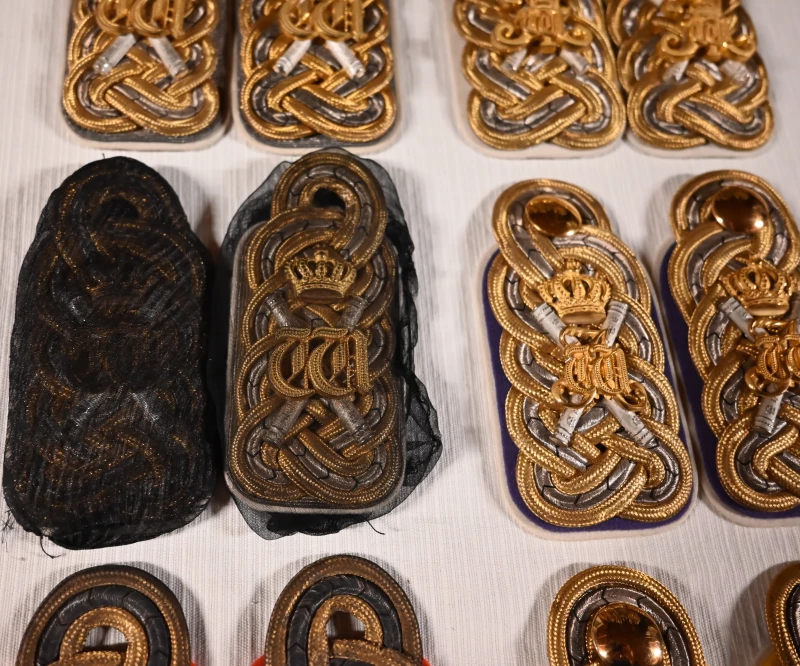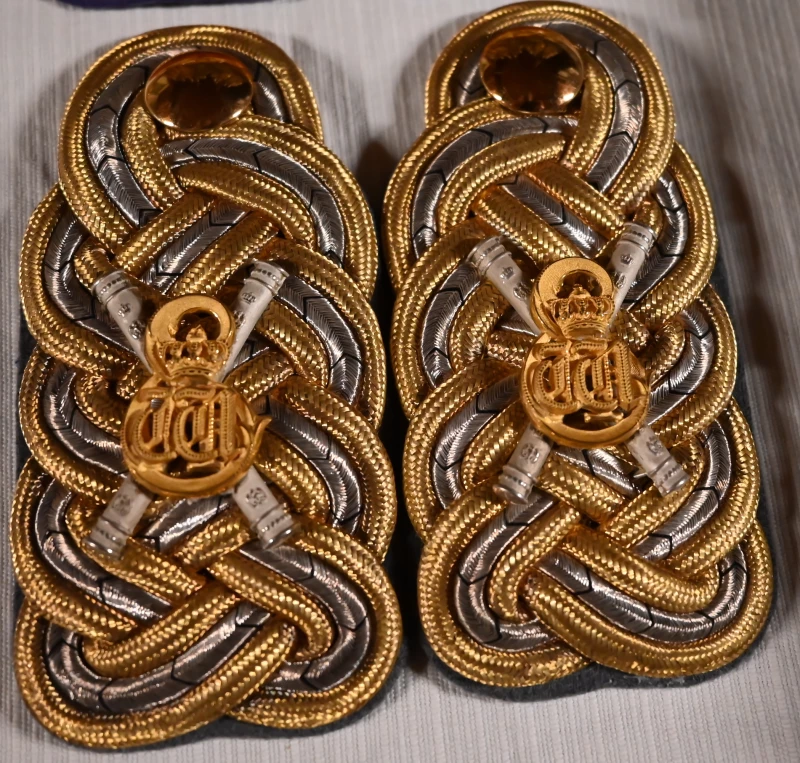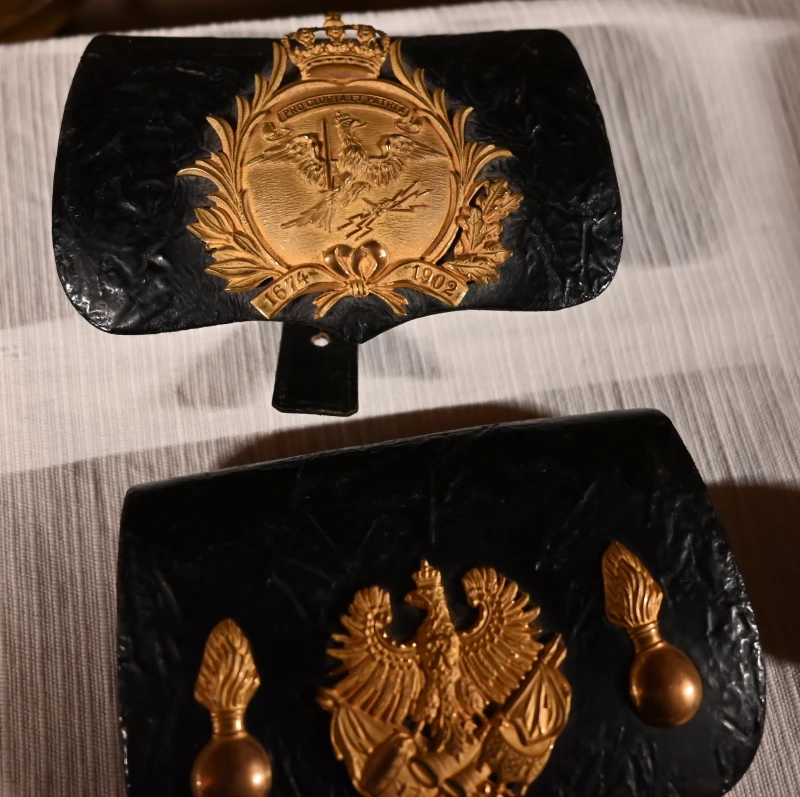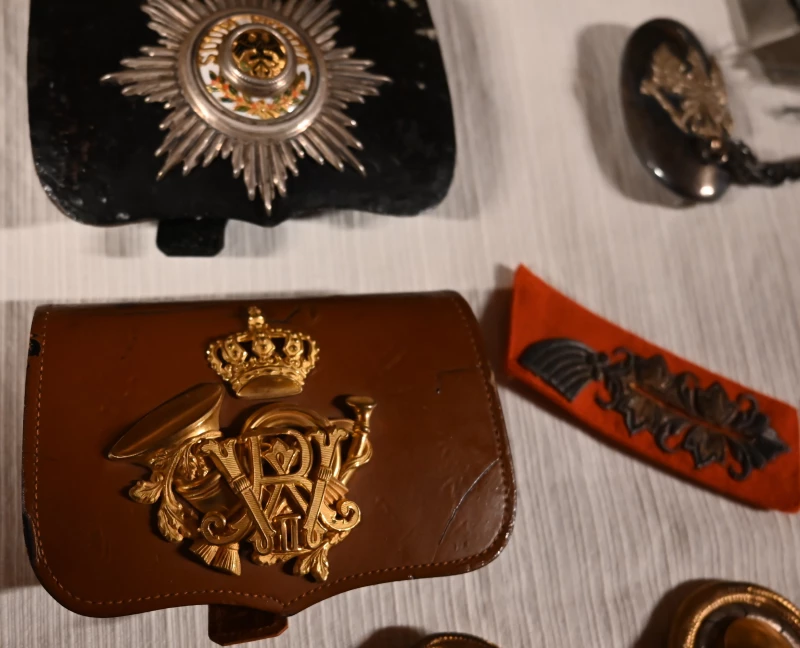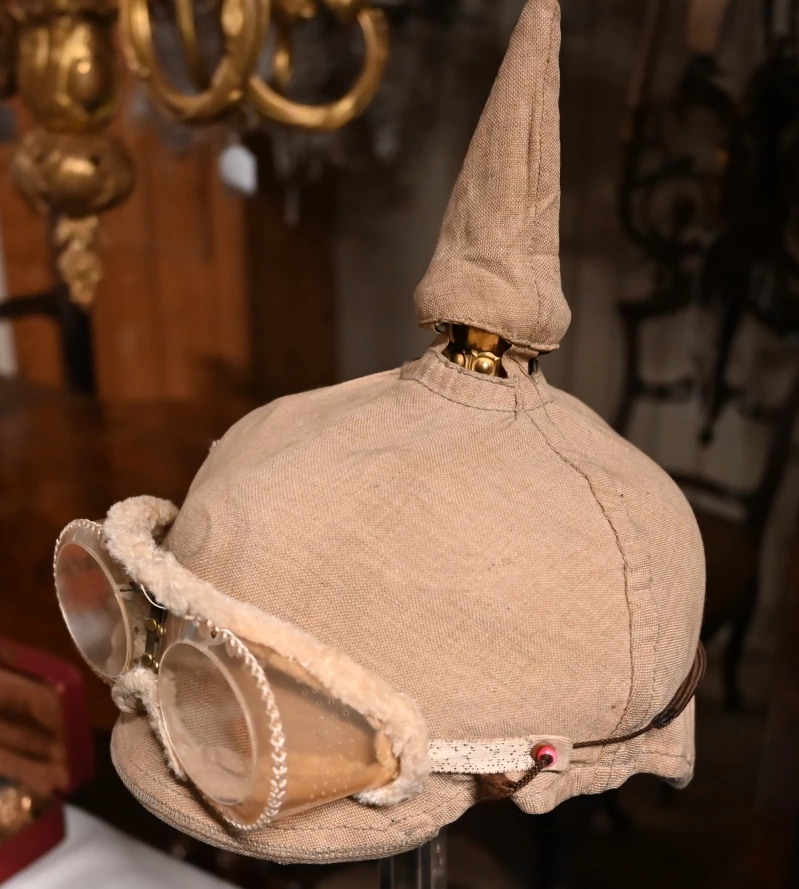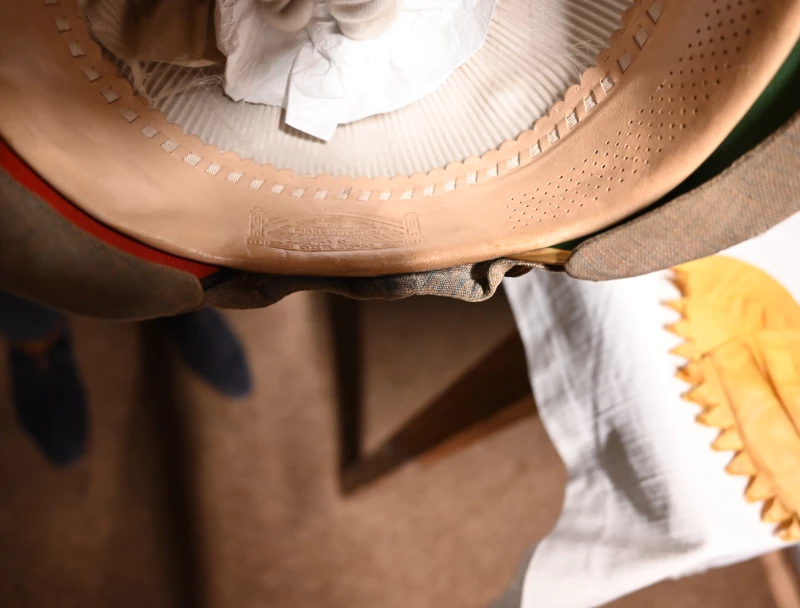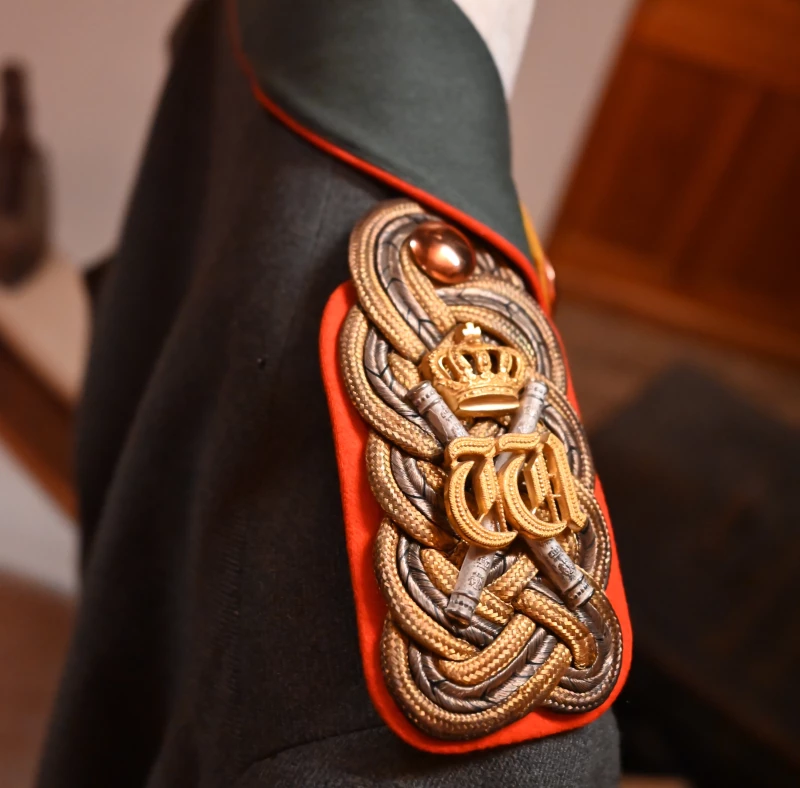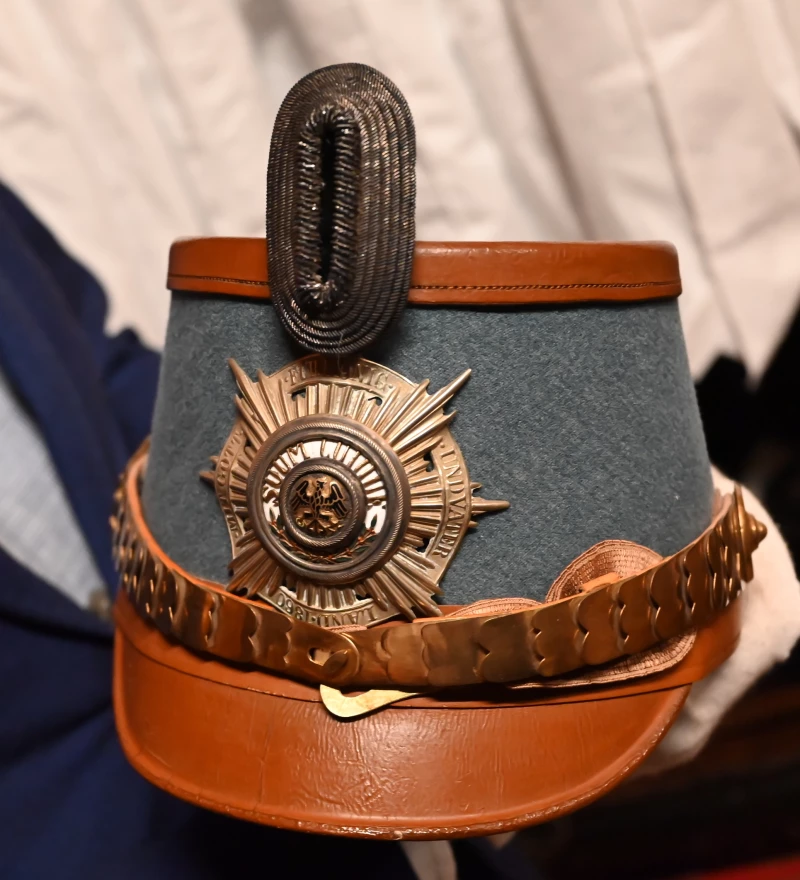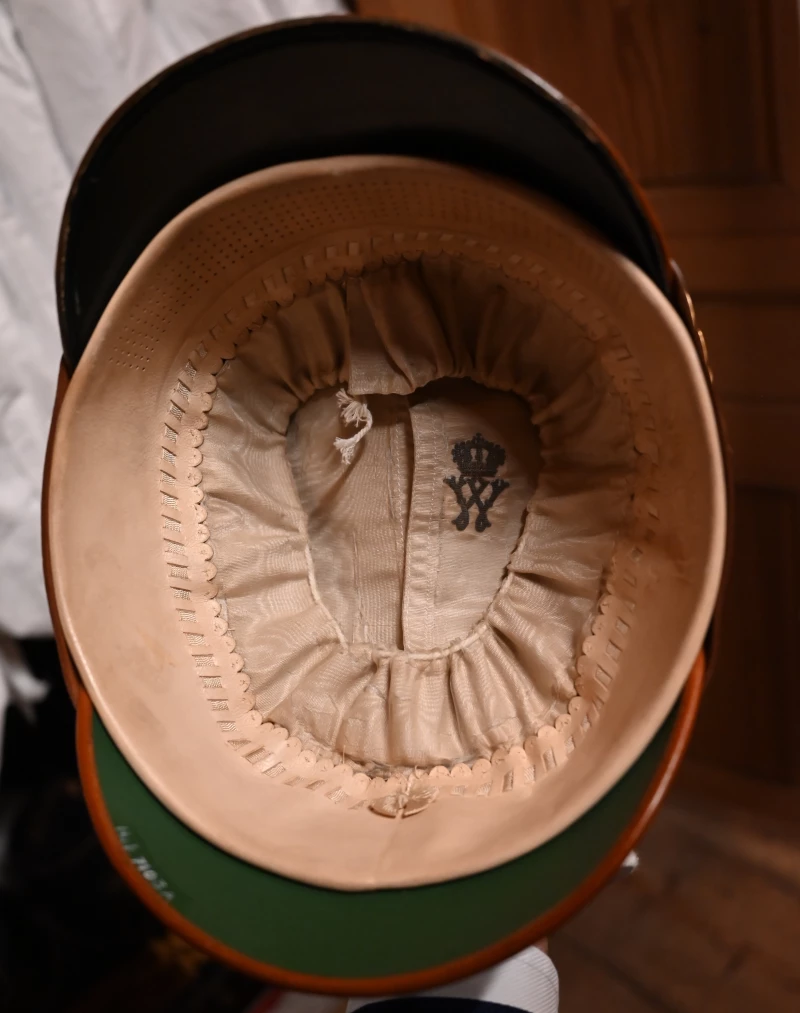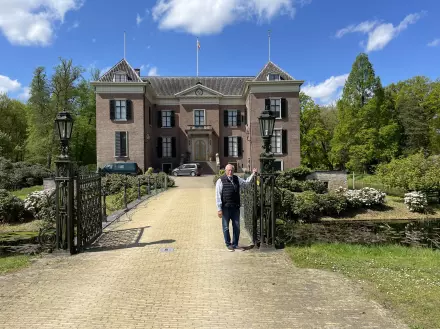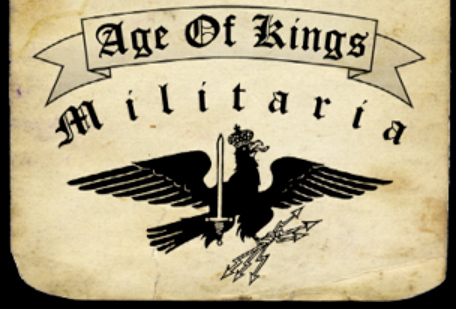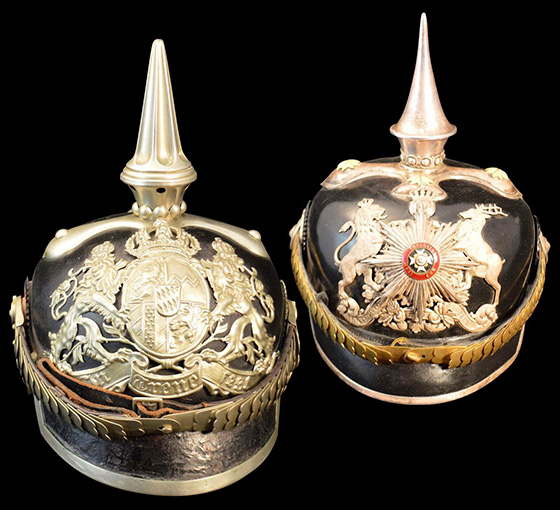After the Ciney, Belgium Show, Remy and I had the opportunity to visit House Doorn in the Netherlands. This was Kaiser Wilhelm II home in exile until his death in 1941. Before we tell you about our visit we want to give you a little background on its importance.
In 1914 Kaiser Wilhelm II was the absolute monarch of the richest and most power country in Europe. He lived in Grand Palaces and was master of the great Imperial German Army and Navy. In November 1918 he was forced to renounce the Imperial and Royal thrones of the German Empire and of Prussia. The Kaiser became a "Man without a Country". Where could Kaiser Wilhelm go to elude the Allies who wanted to prosecute him "for a supreme offence against international morality and the sanctity of treaties"? Partly owing to his familial links with Queen Wilhelmina the ruler of the Netherlands, Kaiser Wilhelm fled there in early November 1918. He was granted political asylum. In spite of her generosity in allowing the former Kaiser to live in the Netherlands, Queen Wilhelmina always refused to meet former Kaiser. She guarded Wilhelm from the Allied efforts to get their hands on the deposed Kaiser. Wilhelmina called the Allies' ambassadors to her presence and lectured them on the rights of asylum. The Dutch government's decision to allow the Kaiser to live in exile was controversial, and it strained relations between the Netherlands and the victorious Allied powers.
In 1919 the former Kaiser was allowed to purchase House Doorn for the sum of 500,000 guilders. The building, originally built in 1300, had been rebuilt many times over the years. House Doorn became Wilhelm’s formal Residence-in-Exile from 1920 until his death in 1941..
The conversion and furnishing of the house took place in 1920. Weimar Finance Minister Albert Südekum approved the release of funds "for the furnishing of the imperial flat" in 1919. . The interior furnishings were brought from the Berlin City Palace, Bellevue Palace, Charlottenburg Palace and the New Palace in Potsdam. The shipment also included his personal property. All were shipped to House Doorn in 59 Railway carriages. The funds also allowed Wilhelm to modernize the residence that had a total of 40 rooms. It was equipped with the latest facilities and technologies of its time, including central heating, electric lighting and a telephone line. Along with the personal property were Wilhelm’s uniforms, helmets, swords, orders and decorations. Wilhelm continued to wear his military dress for the rest of his life.
Following Wilhelm’s death in 1941 the residence was maintained as an unofficial memorial to the former Kaiser. In 1959 the residence was taken over by the Dutch government and was turned into a museum. It was opened to the public in 1960. Today, House Doorn is a museum that preserves the memory of Kaiser Wilhelm II's life in exile. Visitors can tour the house and grounds, including the rooms where Wilhelm II and his wife lived, and see many of the personal items that belonged to the former emperor. The mausoleum is also open to the public.
Our visit to House Doorn was arranged through staff of the museum. We were received at the front door by the Museum Curator and his friendly staff. The outside of the residence and gardens are beautifully maintained and look like the photos from the 1920's. We entered the house and stepped into a time capsule. The furnishing and the art have the elegant Victorian feel of Wilhelm's era. The main drawing room has large paintings of the former Kaiser in various military dress as well as historical painting from his former palaces. A special treat was seeing the Kaisers study with his special "saddle chair" on which he sat while working. The massive dining room has the table set as if the Kaiser was entertaining a formal dinner party.
The curator took us up to the upper floors to see the wonderful collection of the Kaiser's military items. As Remy and I are collectors, this made our hearts RACE. In one room, on a table was laid out a wonderful display of Spiked Helmets, Epaulettes, Cartouche Boxes, Orders and 4 of the Kaisers Marshall Batons. With white gloved hands, the curator carefully showed us the many items on display. We carefully examined the Prussian Guard Artillery helmet. The exterior is similar to fine quality helmets we know, but the interior is uniquely made for the Kaiser. The all white interior silk is made in a circular pattern like an elegant men’s fedora and is bullion embossed with the Royal Crown and “W” monogram. All the helmets belonging to Kaiser Wilhelm had a similar design and monogram. We were shown selection of oversized Epaulettes were in mint condition with bright bullion cording. The curator then showed us the fantastic Marshall Batons that were presented to the Kaiser. Moving on to the second room we saw a number of armoires that were stuffed full of carefully bagged protected uniforms. As the bags were opened, we were presented with the Kaisers uniforms (with the shortened left arm) from a multitude of different regiments. The quality of cloth and the near MINT condition of each uniform displays how carefully they have been cared for by the House Doorn curators. After uniforms, we were shown a selection of fantastic presentation swords. Finally we were shown the Kaisers helmets from the Guard Machinegun Unit, the 1st Guard of Foot – 1st Battalion, 2nd Kurassier Regiment, Guard Uhlan Regiment and several others. Each helmet has the beautiful white silk headliner with embroidered monogram. Exiting the attic room we saw glass fronted armoires displaying full uniforms including headgear. A GDC Spring Parade Cuirass with a selection of Rink Kragen were displayed. There was so much we were not able to take it all in. Before exiting the house we viewed the Kaiser’s bedroom where he died in 1941. What struck Remy and I was how simple the bedroom was. We understood that Kaiser Wilhelm II was a mortal man just like us.
The visit to House Doorn was an amazing experience. The Dutch Government and the wonderful staff of the House Doorn have kept this glimpse into history available for all of us to visit. The avid collector and historian can actually visit the House Doorn or view its collection and documents on line.
We heartily recommend you visit the official House Doorn website… and contribute to the maintenance of the Museum.
LINKS :
See also
Huis Doorn
After the Ciney, Belgium Show, Remy and I had the opportunity to visit House Doorn in the Netherlands. This was Kaiser Wilhelm II home in exile until his death in 1941. Before we tell you about our visit we want to give you a little background on its importance.
The Importance of Hannover to Imperial Germany
The bannered Hannovarians

